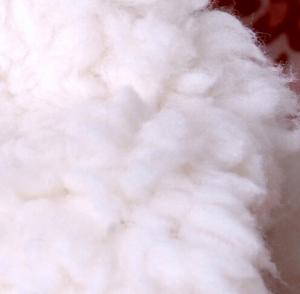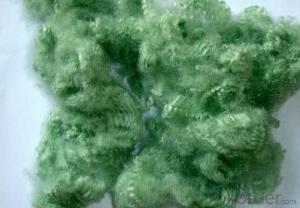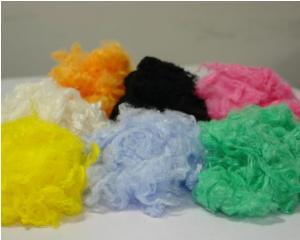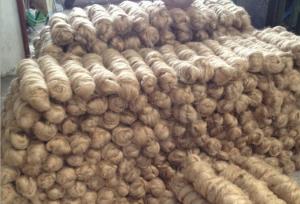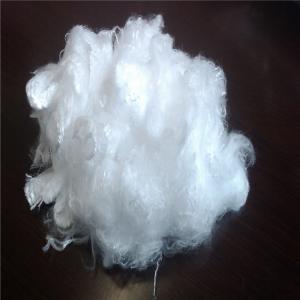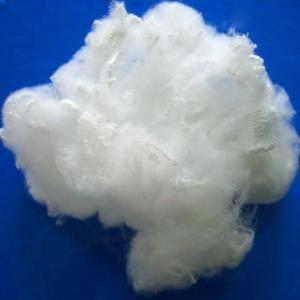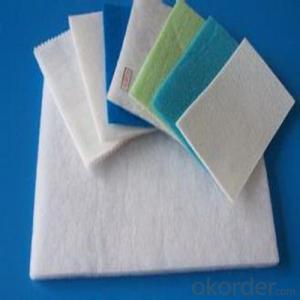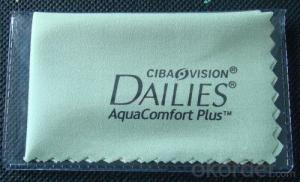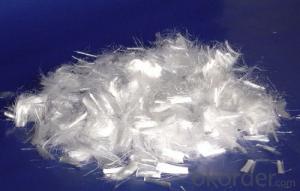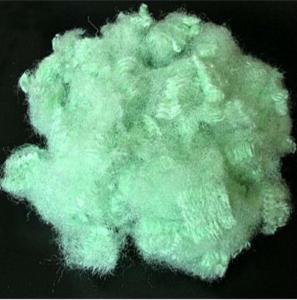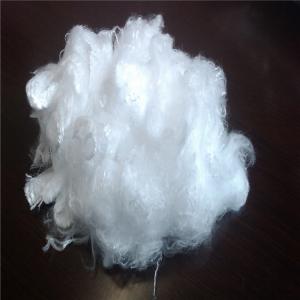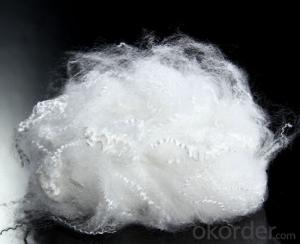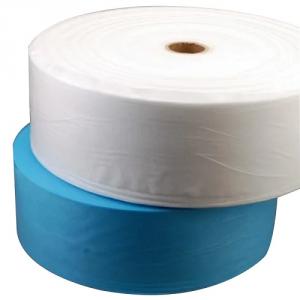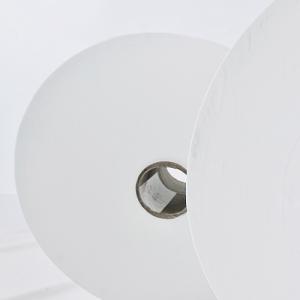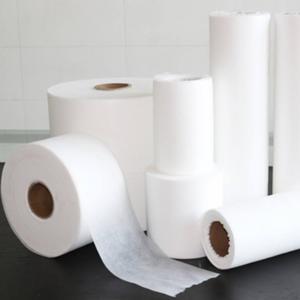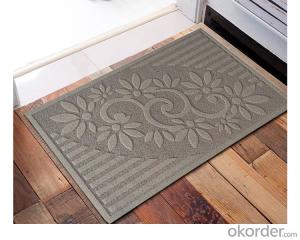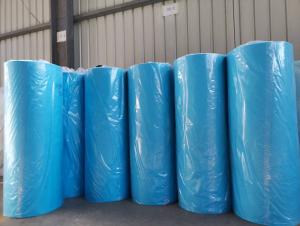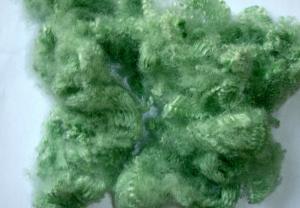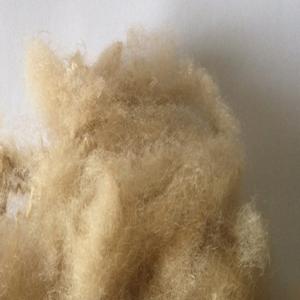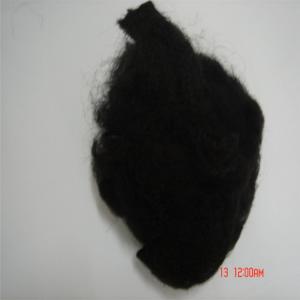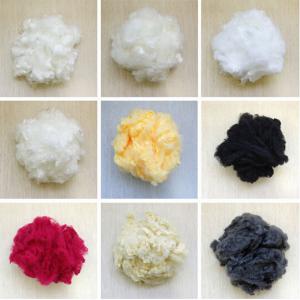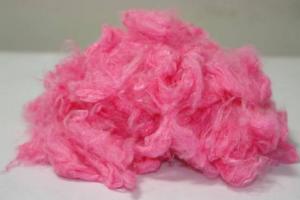Hollow PET Staple Fiber for Filling or Filter
- Loading Port:
- China main port
- Payment Terms:
- TT OR LC
- Min Order Qty:
- 10 m.t.
- Supply Capability:
- 5000 m.t./month
OKorder Service Pledge
OKorder Financial Service
You Might Also Like
The "Regenerated Hollow Polyester Staple Fiber" is the environment friendly recycling product, which is widely used as the raw materials of bedding and clothing, toy, cushion and nonwoven cloth.
Spec and Package of PET staple Fiber
1) Denier: 6D,7D.10D,12D,15D
2) Cut length : 32MM/38MM/51MM/64MM/76MM
3) Regenerated Hollow Conjugate Silicon and non-Silicon
4) Merits : Highly elastic , good rigidity and grade A quality
5) Weight: 300+-20kg/bale
6) Packing: woven bag
PET nonwoven geotextile Application:
Filtration
The filtration layer of the dykes, river canal, seacoast, concrete slope, retaining walls. At the same time of preventing the clay granule from passing, it allows the water and the gas pass through freely.
Separation:
The isolation of the railway dregs and the roadbed, roadbed and the soft base, surface of the
airdrome and parking lot and the groundsill, different dam materials. It isolates the soil and the gravel of two kinds different granule pathway from the groundsill or other buildings.
Adding muscle:
The highway, railway, soil-stone dam, breakwater, airport, backfill soil of retaining wall, slope protection, etc in which distributes the earth stress, prevents the side-displacement of the earth body and improves the earth body stability.
Protection
It prevents the bank from being washed out, protects the bank and the bottom, prevents the water and soil from being washed away.
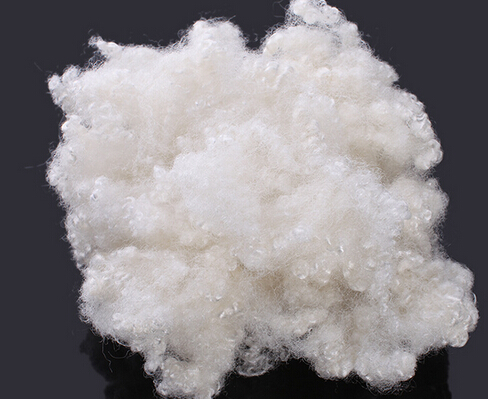

FAQ
We have organized several common questions for our clients,may help you sincerely:
1>How about your company?
A manufacturer & supplier focuses on the production of PP staple fiber which is used as the raw material of textile, automotive interior etc. We have exported this product to Amereica, Europe and South East Asia. Customized product is also available based on your detailed requirements.
2> What's the MOQ ?
We kindly recommend 1x40'HQ as the price would be economical based on large loading quantity.
3>How long can we receive the product after purchase?
It takes about 1 to 2 weeks to finish the production based on the specific production schedual. Then it will depend on the shipping time from loading port to the destination port.
- Q:Which is better, the linen mat and the bamboo fiber mat?
- Bamboo fiber mat is a kind of bamboo fiber extracted from bamboo with bamboo as its raw material. It is a kind of environmentally friendly fiber in the real sense. It is also called "breathing fiber". It is a new star of mat sleeping family. Fiber luster is bright, has the unique antibacterial odor resistance performance, especially moisture absorption, breathability, occupies each fiber's first. In the hot summer days, the bedding made of bamboo fiber fabric makes people feel comfortable, silky, fresh and cool
- Q:Nine plate and MDF specific differences, their respective uses?
- MDF density fiber in board (MDF) and hardboard (high density), density of 450 - 800 kg / m3 is MDF, density of 800 kg / m3 is hardboard. MDF is made of plant wood fiber as the main raw material, and it is made by hot grinding, paving and hot pressing molding.
- Q:What is the difference between regenerated fibers and Lesel fibers?
- The development of regenerated cellulose fiber can be divided into three stages on the whole, forming the three generation products. The first generation was the ordinary viscose fiber, which was released in the early twentieth Century to solve the cotton shortage. The second generation was started in 1950s to realize industrialized production of high wet modulus viscose fiber, its main products include Japan R & D toramomen (named Polynosic) and the change of American R & D high wet modulus fiber HWM and Lenzing Co in late 80s by the new process of production of Modal fiber. In late 60s, due to the rapid development of synthetic fiber production technology, low cost and adequate sources of raw materials, synthetic fibers have greatly affected the market position of regenerated cellulose fiber. Many research institutions and enterprises to pay more attention to the development and application of new synthetic fiber. During this period, the development of regenerated cellulose fibers in the world tended to be stagnant. Third generation products are introduced in 1990s staple fiber Tencel (Tencel), filament Newcell as a representative. Influenced by the awareness of health and environmental protection, nature and other factors, people have a new understanding of the physicochemical properties of regenerated cellulose fiber, a new generation of regenerated cellulose fibers has been fully improved, therefore, the application of regenerated cellulose fibers of the re emergence of rapid development.
- Q:What is the carbon fiber paper
- Carbon fiber content in the paper can range from 2%-100%. Asphalt base carbon fiber, polyacrylonitrile based carbon fiber and viscose based carbon fiber can be used as raw material of carbon fiber paper, due to these differences in the performance of carbon fiber, the price is different, determines the performance and cost of carbon fiber paper. With PAN based carbon fiber paper, better comprehensive performance; use of rayon based carbon fiber paper, the performance of soft, anti fold; use of pitch based carbon fiber paper, low price. What kind of carbon fiber material is selected depends entirely on the performance requirements of the paper, and sometimes several carbon fibers can be used together. In order to improve the papermaking process performance of carbon fiber, carbon fiber material is usually pre treated.
- Q:What's the difference between chemical fiber goods and pure cotton?
- Clothing is made of fabric, which is the material used to make clothes. As one of the three elements of clothing, fabric can not only interpret the style and characteristics of clothing, but also directly influence the color and shape of clothing.In the big world of clothing, the fabrics of clothing are multifarious and changing with each passing day. But generally speaking, high quality, high-grade fabrics, mostly has the characteristics of wearing comfortable, sweat absorbent breathable, drape neat, elegant, soft tactile vision etc..The dress in formal social occasions should choose clothing, cotton, wool, silk, pure pure hemp products. Most of the garments made of these four kinds of pure natural fabric are of higher quality. Sometimes, clothing made of pure leather is also permissible.
- Q:What are the disadvantages of carbon fiber conductors?
- Because of the electromagnetic principle, whether dual core or single core work, have high radiation, although through technical means, to a certain extent reduced, but there are still some harm to the human body, and the damage degree of concrete has no organization or institution for the study of. Therefore, it is not suitable for pregnant women and children's families. It also has some influence on electronic products.Carbon fiber wire is a new product in the world of electric power transmission ideal system to replace the traditional steel core aluminium wire, aluminum clad steel wire, wire and imported Aluminum Alloy invar wire.
- Q:What are environmentally friendly fibers?
- Bamboo fiber is a kind of cellulose fiber extracted from natural bamboo. It is the fifth natural fiber after cotton, hemp, wool and silk. Bamboo fiber has the characteristics of good air permeability, instant water absorption, strong abrasion resistance and good dyeing property. Meanwhile, it has the functions of natural antibacterial, bacteriostasis, mite removal, deodorization and anti ultraviolet. Experts point out that bamboo fiber is a kind of natural environmental friendly green fiber in the true sense. Bamboo fiber textiles are popular with consumers because they completely replicate the inherent characteristics of bamboo fibers, and their demand for products increases year by year.
- Q:What are the benefits of bamboo fiber products?
- No heavy metals, no harmful chemicals, no chemical direct dyeing, no pesticide residues4., completely natural sampling, natural degradation, natural environmental protection, is an international advocate of eco textile supplies5. 、 absorb sweat and reduce static electricity
- Q:The difference between superfine fiber PU synthetic leather and traditional synthetic leather
- In fact, the fiber is fine, and then dissolved in solvent, polyurethane covered, on the fiber, between the fibers due to solvent out of the formation of a hole, it is breathable, breathable. The solvent is thinner and the polyurethane particles are fine. This property is not very special.
- Q:What is the use of hydroxyethyl cellulose thickener?
- Hydroxyethyl cellulose is used as thickener and filtrate reducer for water base drilling fluid and completion fluid, and it has obvious thickening effect in brine drilling fluid. It can also be used as filtrate reducer for oil well cement. Crosslinked with polyvalent metal ions into gels.
1. Manufacturer Overview |
|
|---|---|
| Location | |
| Year Established | |
| Annual Output Value | |
| Main Markets | |
| Company Certifications | |
2. Manufacturer Certificates |
|
|---|---|
| a) Certification Name | |
| Range | |
| Reference | |
| Validity Period | |
3. Manufacturer Capability |
|
|---|---|
| a)Trade Capacity | |
| Nearest Port | |
| Export Percentage | |
| No.of Employees in Trade Department | |
| Language Spoken: | |
| b)Factory Information | |
| Factory Size: | |
| No. of Production Lines | |
| Contract Manufacturing | |
| Product Price Range | |
Send your message to us
Hollow PET Staple Fiber for Filling or Filter
- Loading Port:
- China main port
- Payment Terms:
- TT OR LC
- Min Order Qty:
- 10 m.t.
- Supply Capability:
- 5000 m.t./month
OKorder Service Pledge
OKorder Financial Service
Similar products
New products
Hot products
